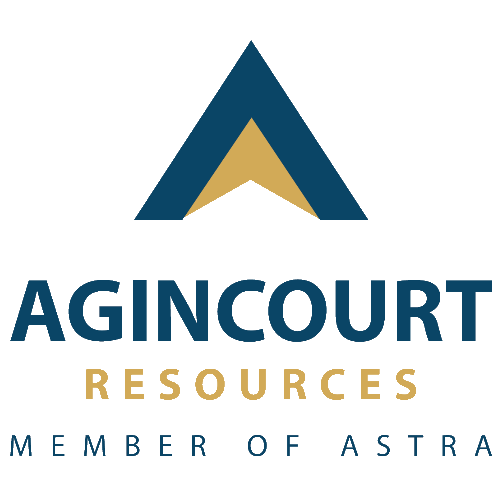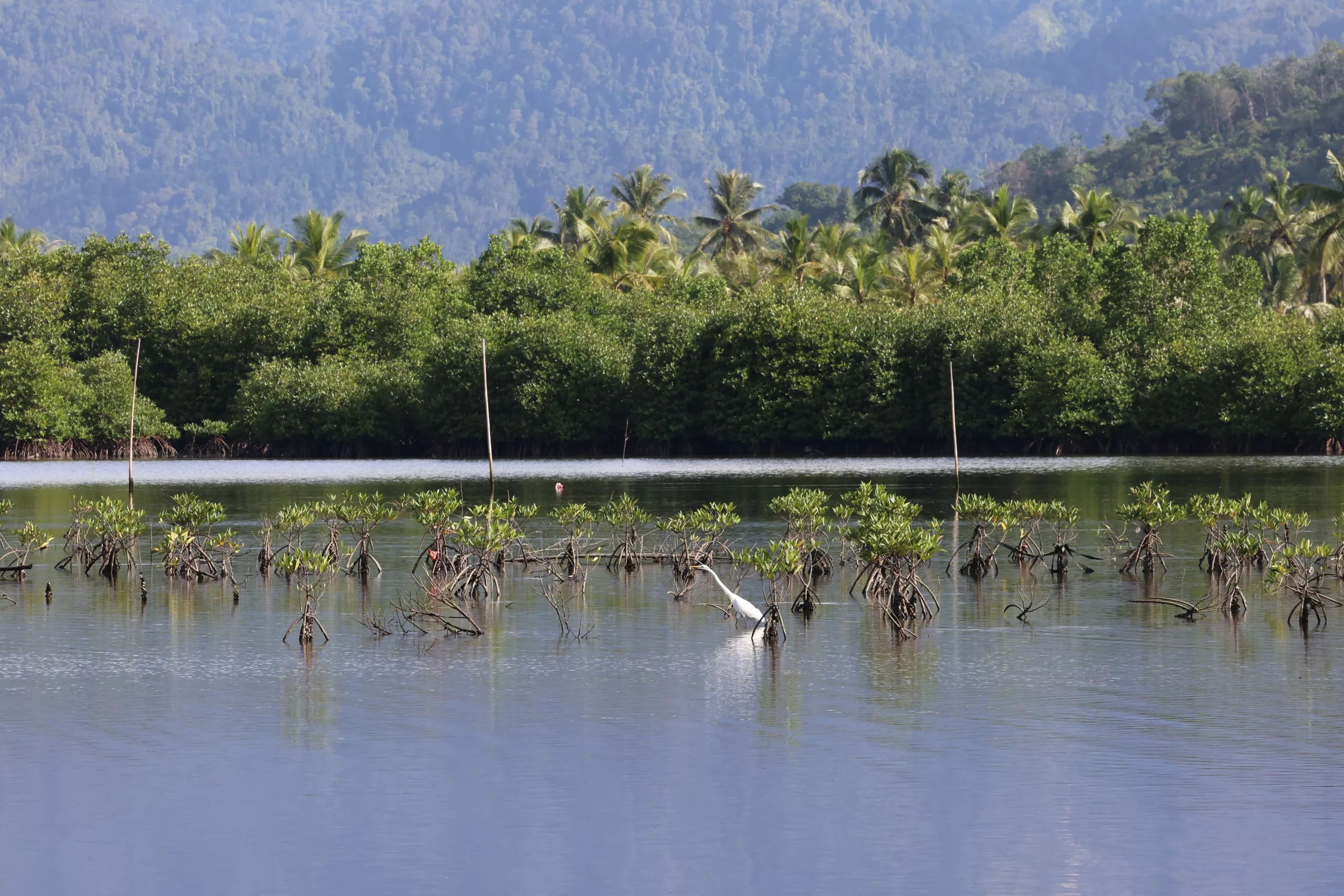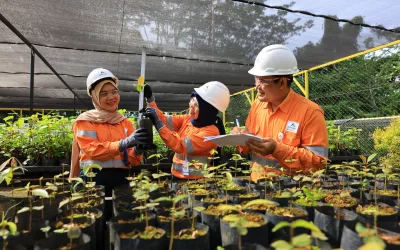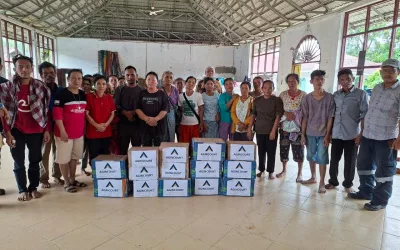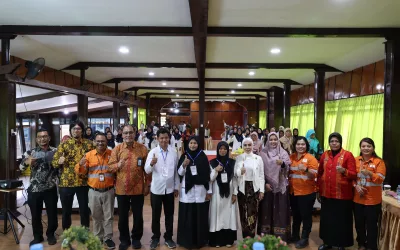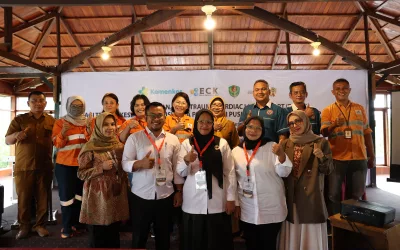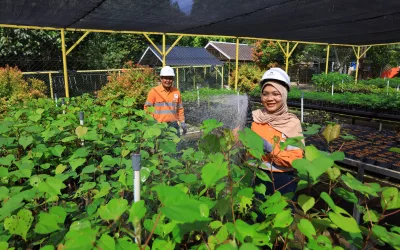In the evolving landscape of modern mining, one fundamental question often arises: can mining coexist with environmental conservation? Agincourt Resources believes it can—provided it is pursued with careful planning and a strong commitment to sustainability. One of the company’s tangible actions in this regard is the establishment of conservation spaces around the Martabe Gold Mine operational area.
What Is a Conservation Area and Why Is It Important?
A conservation area is a designated zone aimed at preserving biodiversity—both flora and fauna. These areas serve as vital buffers, protecting natural ecosystems from human disturbances. In a mining context, conservation spaces play a dual role: maintaining ecological balance while serving as part of the company’s environmental responsibility strategy.
Buffer Zones: Safeguarding Ecosystems Near the Mine
A key component of conservation areas is the buffer zone—a protective belt that separates mining activities from natural forests or ecosystems. Buffer zones serve a critical function by mitigating direct impacts such as noise, dust, and visual disturbances from mining operations.
As part of its sustainable mining practices, Agincourt Resources has mapped and developed strategic buffer zones around the Martabe Gold Mine. These zones, established using data-driven approaches, are not merely boundaries—they are designed to provide viable habitats for a range of native species.
Native Vegetation: Supporting Stability and Biodiversity
These buffer zones are reinforced with native vegetation, including endemic hardwood trees and ground-covering shrubs. These plants serve a dual purpose: stabilizing soil to prevent erosion and absorbing rainwater, while also offering shelter and food for local wildlife. Additionally, satellite nurseries have been established to ensure a sustainable supply of native seedlings for ongoing reforestation efforts.
More Than Just Green Spaces
The conservation areas developed by Agincourt Resources go beyond functioning as simple green zones. They act as wildlife corridors, alternative habitats for displaced species, and natural barriers against drastic landscape changes caused by mining activities. These conservation efforts also aim to raise awareness among local communities about the importance of balancing economic development with ecological preservation.
Global Insights: Scientific Evidence Supporting Buffer Zones
Worldwide research has shown that well-managed buffer zones can reduce species loss by up to 30% in areas adjacent to development projects. Conservation initiatives in Brazil, Malaysia, and Africa have demonstrated that such zones strengthen ecosystem resilience against habitat fragmentation. Agincourt Resources has drawn on these global lessons to design conservation spaces tailored to the unique landscape of South Tapanuli.
Conservation Starts with Thoughtful Planning
Through the development of buffer zones, satellite nurseries, and designated conservation areas, Agincourt Resources affirms that mining can be part of the sustainability solution not just an environmental challenge. Moving forward, ecologically based land-use planning is no longer a choice, but a necessity.
Protecting the planet is not solely the responsibility of environmental organizations it is a collective duty shared by all, including the mining industry, government, and private sector players like Agincourt Resources. Biodiversity protection is not just the role of environmentalists—it is a responsibility we all share.
If you are interested in learning more about the initiatives and contributions of PT. Agincourt Resources, including their gold mining and processing activities, you can click here.
